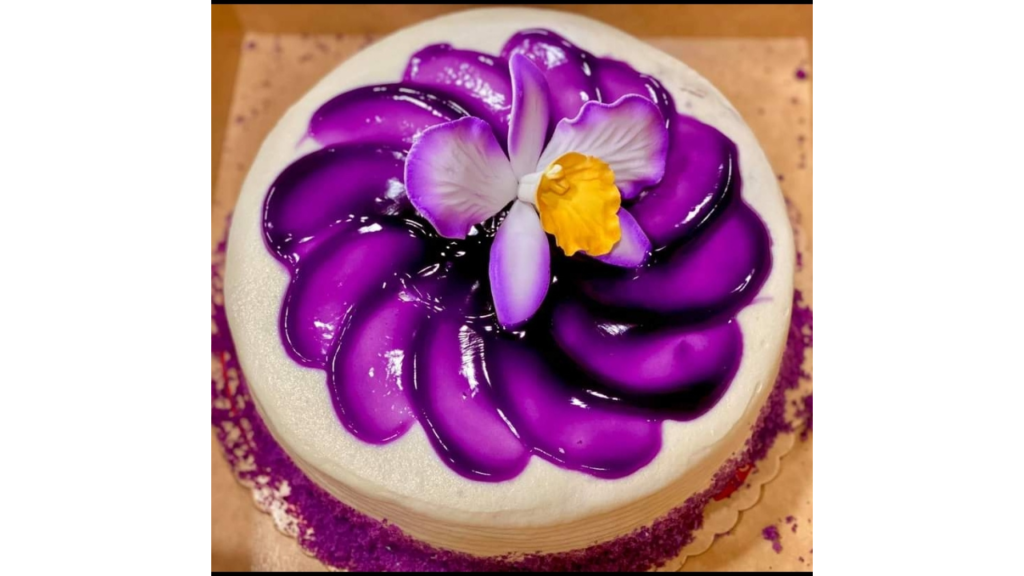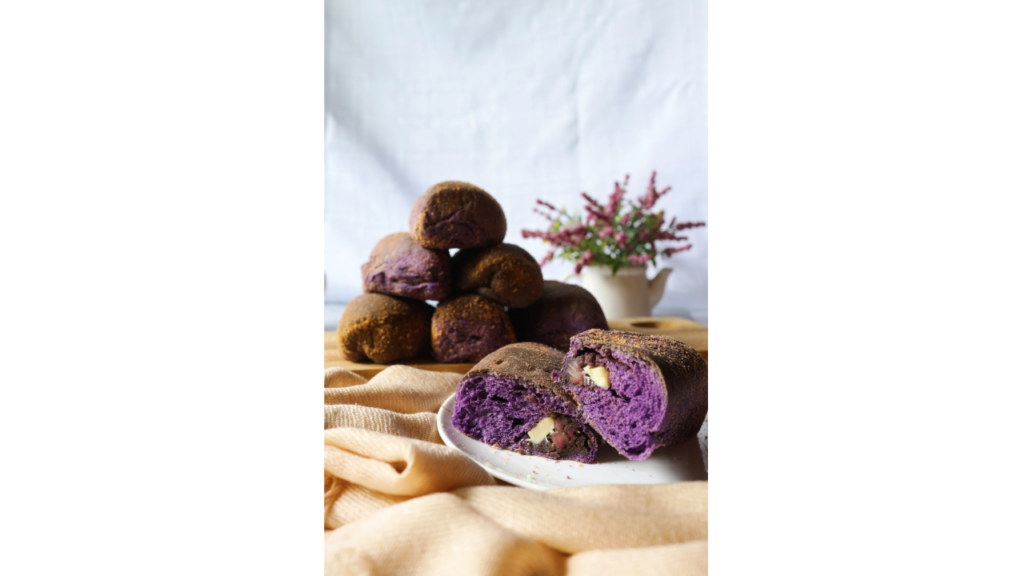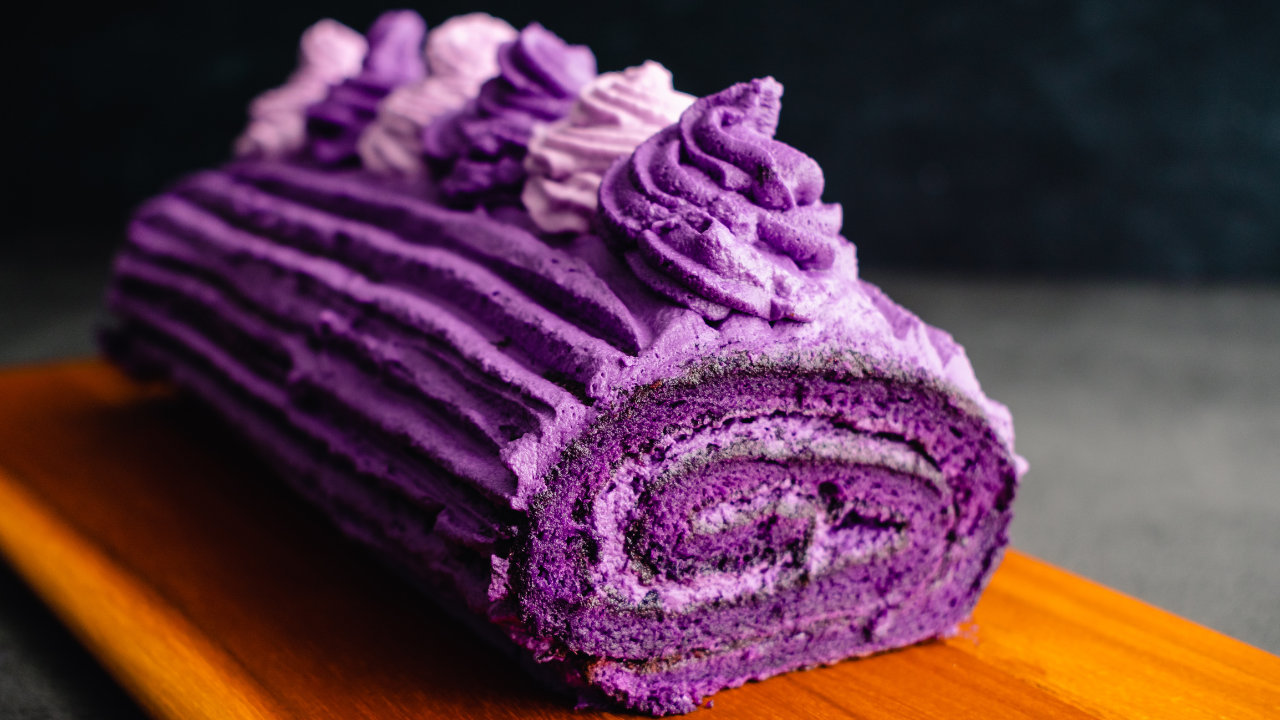What is Ube: Exploring the Yummy World of Ube, Why Everyone’s Talking About It!
It’s not the first time you’ve heard of something called “What is ube”, but have you ever wondered what it is all about? There is no need to feel alone if you are experiencing this. There is no doubt that the Ube is a unique and delicious ingredient that is making waves in the food world right now. However, what exactly is it, and why is it so popular, and what are the benefits of using it? Now let’s take a look at what we discovered!
There has been a new ingredient that has taken the culinary world by storm in recent years, capturing the hearts and taste buds of food enthusiasts all around the globe with its vibrant purple color. There can be no doubt that this magical ingredient is none other than ube – a purple yam that can only be found in the Philippines. We will delve into the fascinating world of ube in this article, exploring its origins, its increasing popularity, as well as the delightful culinary creations inspired by this fascinating ingredient.
Origin of Ube
There has been a long history with Ube, scientifically referred to as Dioscorea alata, being a staple ingredient in Filipino cuisine for centuries. Ube has a rich cultural heritage deeply rooted in the Filipino tradition of Southeast Asia, particularly the Philippines, which contributes to its rich cultural significance. A number of Filipino dishes have traditionally used ube as an ingredient, including dessert dishes such as ube halaya (a sweet jam-like spread) and savory dishes such as ginataang ube (ube cooked in coconut milk).
The Appeal of Ube:
It is the striking purple color and the unique flavor profile of the root vegetable that makes ube stand out from other root vegetables. This fruit is known for its natural sweetness accompanied by hints of nuttiness, making it a versatile ingredient that can be used for both sweet and savory dishes. Additionally, thanks to its vibrant hue, it lends itself well to visually stunning culinary creations, earning it the nickname “purple gold” among Filipino communities because of its visually striking appearance.
The Rise of Ube’s Popularity:
There are a few reasons why ube has become so popular:
1. The Best Instagram-Worthy Looks:

- Let’s face it – ube has a look that’s just gorgeous! Due to its vibrant purple hue, it makes for a great color for Instagram-worthy desserts and treats. With a wide variety of purple cakes and cookies to choose from as well as purple ice cream and donuts, there is no shortage of ways to bring this beautiful ingredient to life.As a matter of fact, ube has transcended its cultural roots in recent years and has been gaining popularity around the world as well. There is no doubt that social media platforms like Instagram have played a significant role in showcasing the visually appealing and mouthwatering creations featuring ube that are being shared online. The possibilities with ube seem endless, as it can be used to create everything from artisanal ice creams and desserts to trendy drinks and even savory dishes.
2. Unique Flavor

- The flavor of ube is both sweet and nutty at the same time, which makes it a versatile ingredient that can be used for both sweet and savory dishes. Whether you’re craving something sweet like ube ice cream or something savory like ube bread, there’s something for everyone to indulge in.As a result of the growing interest in ethnic cuisines and unique flavor experiences, the popularity of ube can also be attributed to the trend. Ube offers a unique opportunity for consumers seeking out new and exciting tastes to explore the flavors of Filipino cuisine and indulge in the exotic allure of this purple gem even as they seek out new and exciting tastes.
3. Health Benefits

- The health benefits of eating Ube are more than just the fact that it is delicious. Ube is also packed with nutrients. Added to your diet, it contains a great deal of fiber, vitamins, and antioxidants, making it an important part of a healthy diet. It is also guilt-free to consume since it is naturally sweet, so there is no need to feel guilty about it! In addition to being rich in essential nutrients such as fiber, vitamins, and antioxidants, ube is also a great option for those who are trying to lose weight. As a result of its natural sweetness, it can be used in recipes at a lower sugar content than artificial sweeteners, resulting in a healthier option for sweetening recipes.
4. Culinary Delights Inspired by Ube

- A creamy and indulgent sweet treat that is based on mashed ube, coconut milk, and condensed milk is one of the most iconic ube desserts: ube halaya, one of the most iconic ube desserts in the Philippines. The delectable dessert is often enjoyed on its own, but it can also be used as a filling for cakes, pastries, and even ice cream, if you prefer. In addition to ube halaya, another beloved ube dessert is halo-halo, a Filipino dish that translates as “mix-mix.” In halo-halo, you can find a colorful mixture of ingredients, such as shaved ice, sweetened beans, fruit jelly, and, of course, ube halaya. This refreshing and satisfying dessert is perfect for cooling off on a hot day, as it is topped with a scoop of ube ice cream and drizzled with evaporated milk for a refreshing and satisfying finish.As well as traditional Filipino desserts, ube has been adopted as a key ingredient in the kitchens of innovative chefs and bakers throughout the world who are creating delicious culinary creations with it. Ube cheesecakes and cookies are some of the many ways ube can be used. But ube-filled donuts and boba drinks are also some of the many ways ube can be used. There is no doubt that ube is more than just a culinary trend – it is a celebration of culture, creativity, and culinary innovation as it epitomizes a multitude of cultural elements. The humble ube has captivated the hearts and palates of food enthusiasts around the world for nearly a century since its humble beginnings in Filipino cuisine to its widespread popularity on the international stage.
In addition, the vibrant purple color of ube is indicative of its high anthocyanin content, which is a type of antioxidant known for its anti-inflammatory properties and its potential health benefits, as well as its vibrant purple color. Aside from satisfying your taste buds, ube contains essential nutrients and antioxidants that are great for the body, so incorporating it into your diet is a great way to gain health benefits.
There is no doubt that ube continues to inspire culinary exploration and delight, whether it’s enjoyed in traditional Filipino desserts or in innovative culinary creations. It would be a mistake to ignore the tantalizing flavor of an ube treat next time you come across one, so be sure to indulge in the enchanting flavors of this purple gem as soon as you can. I am sure that there is no doubt that the world of ube is as vibrant and delightful as its mesmerizing hue – a true culinary treasure just waiting to be discovered and savored by its devotees.
Also Read: Invincible season 2 release date
